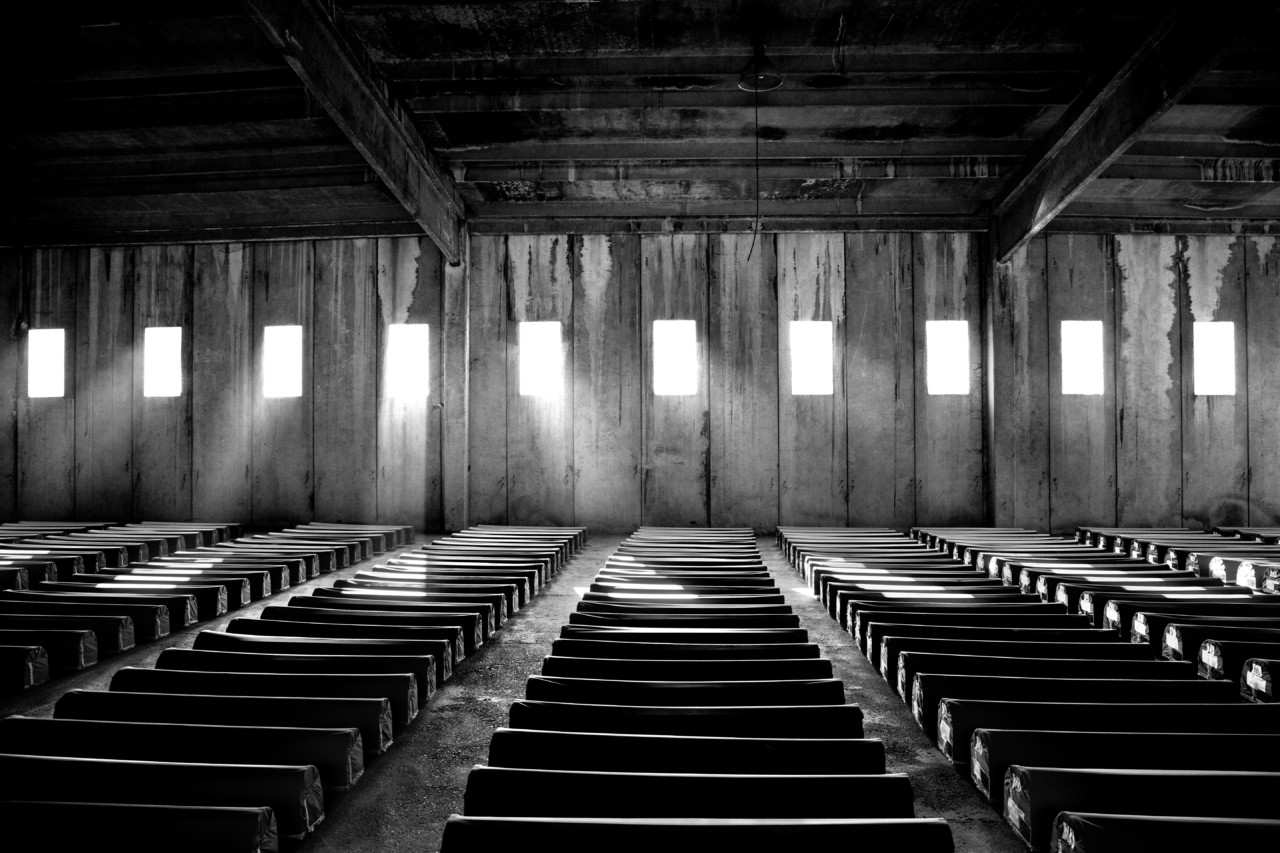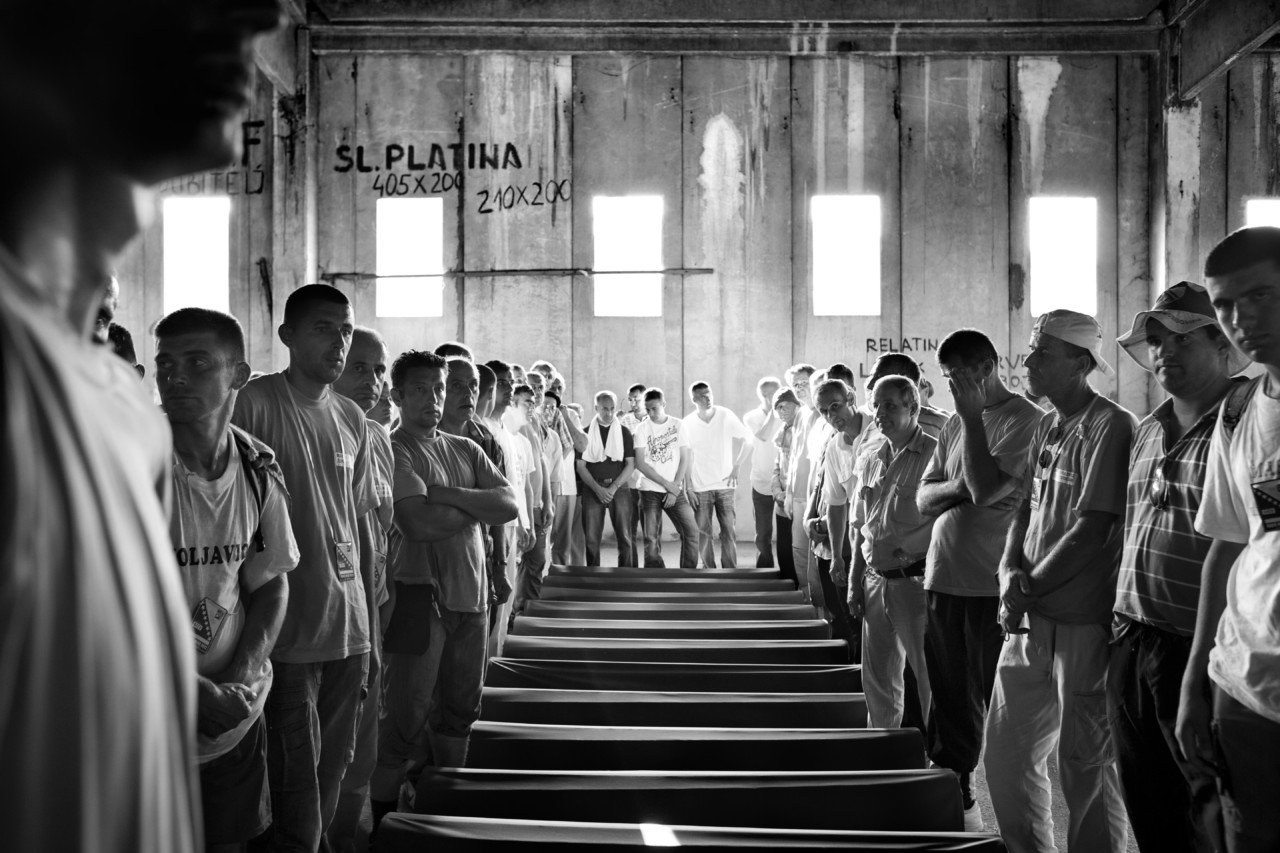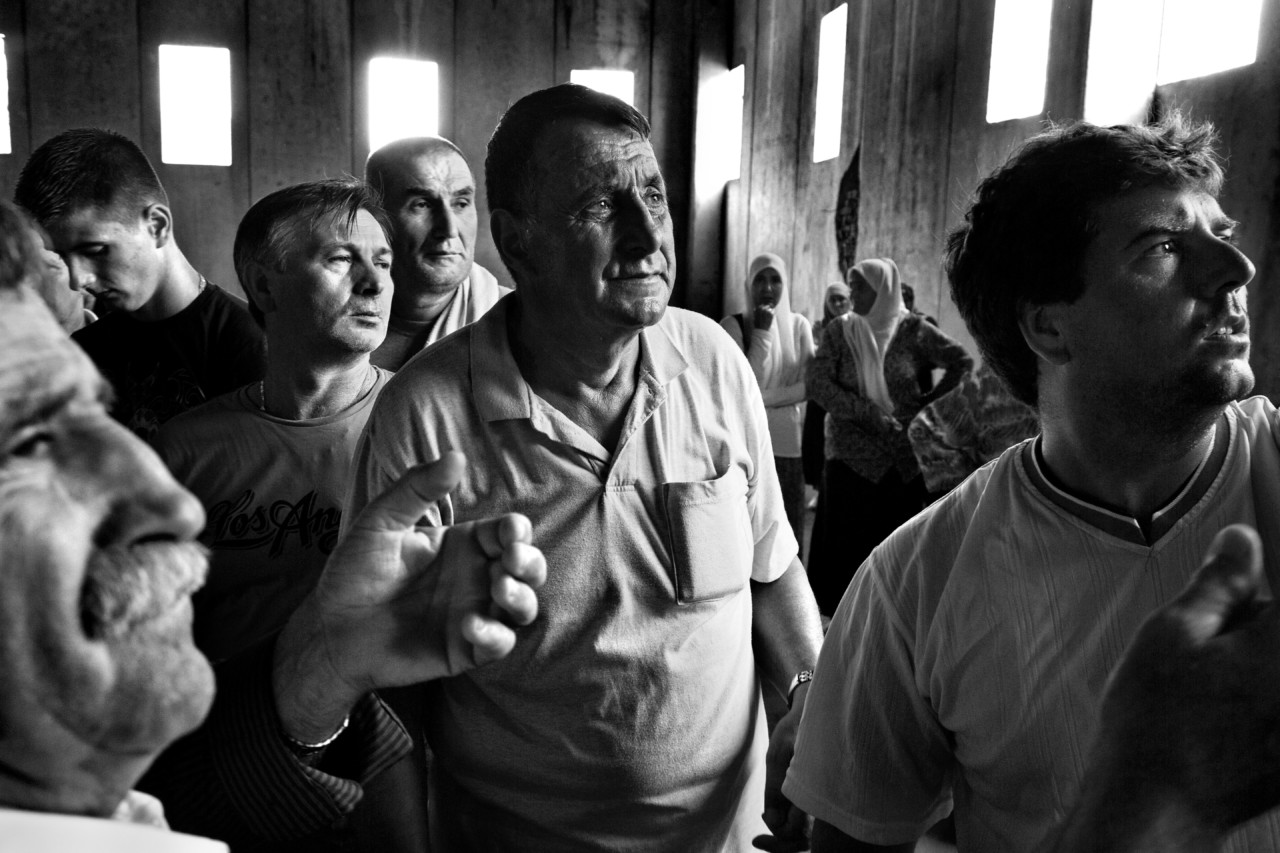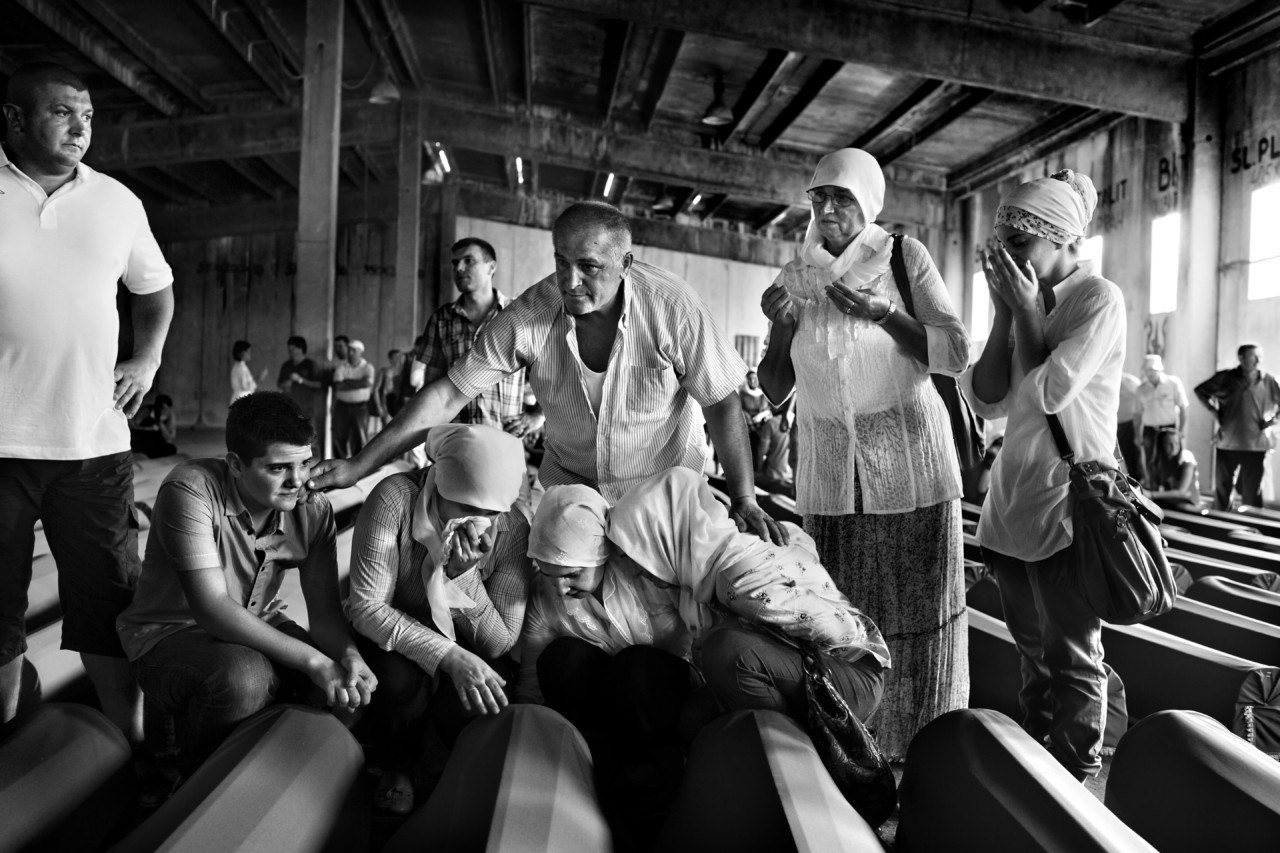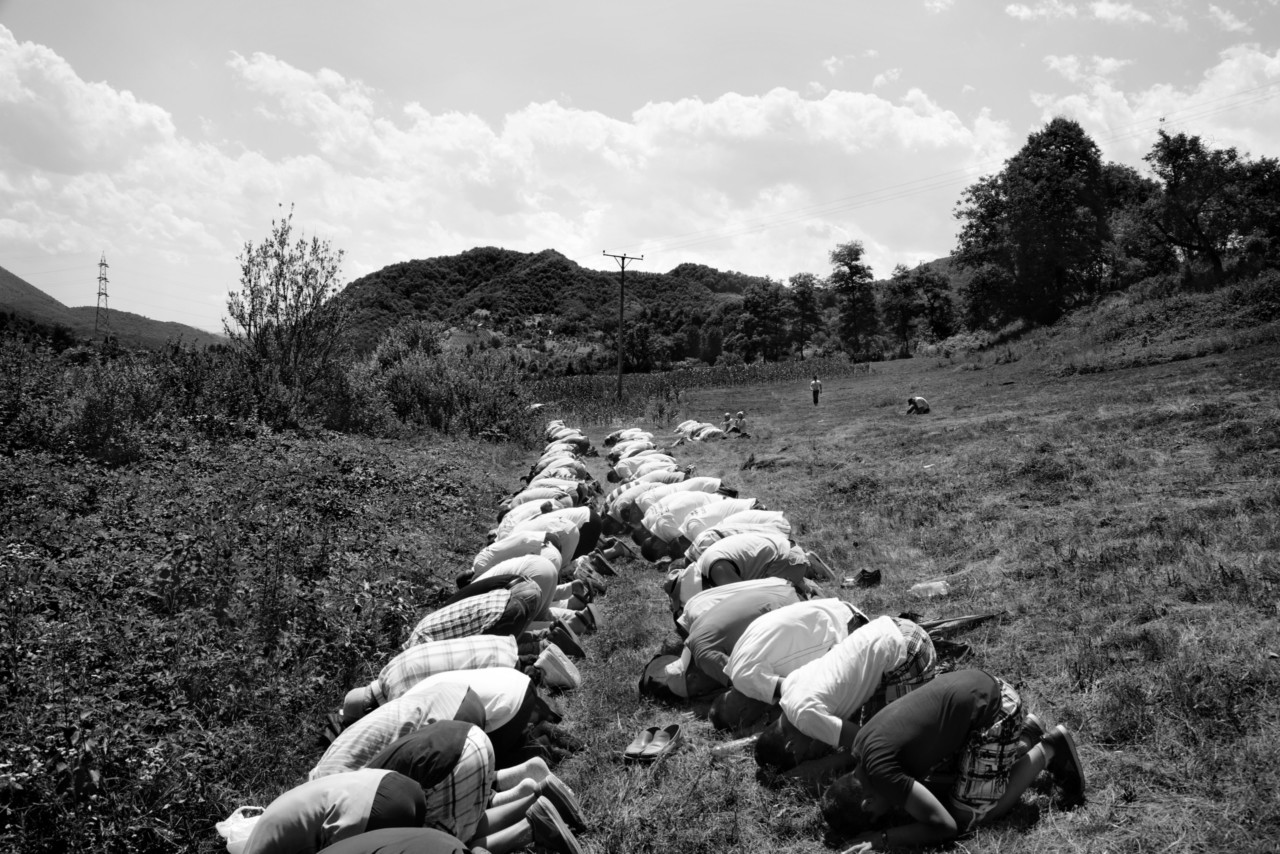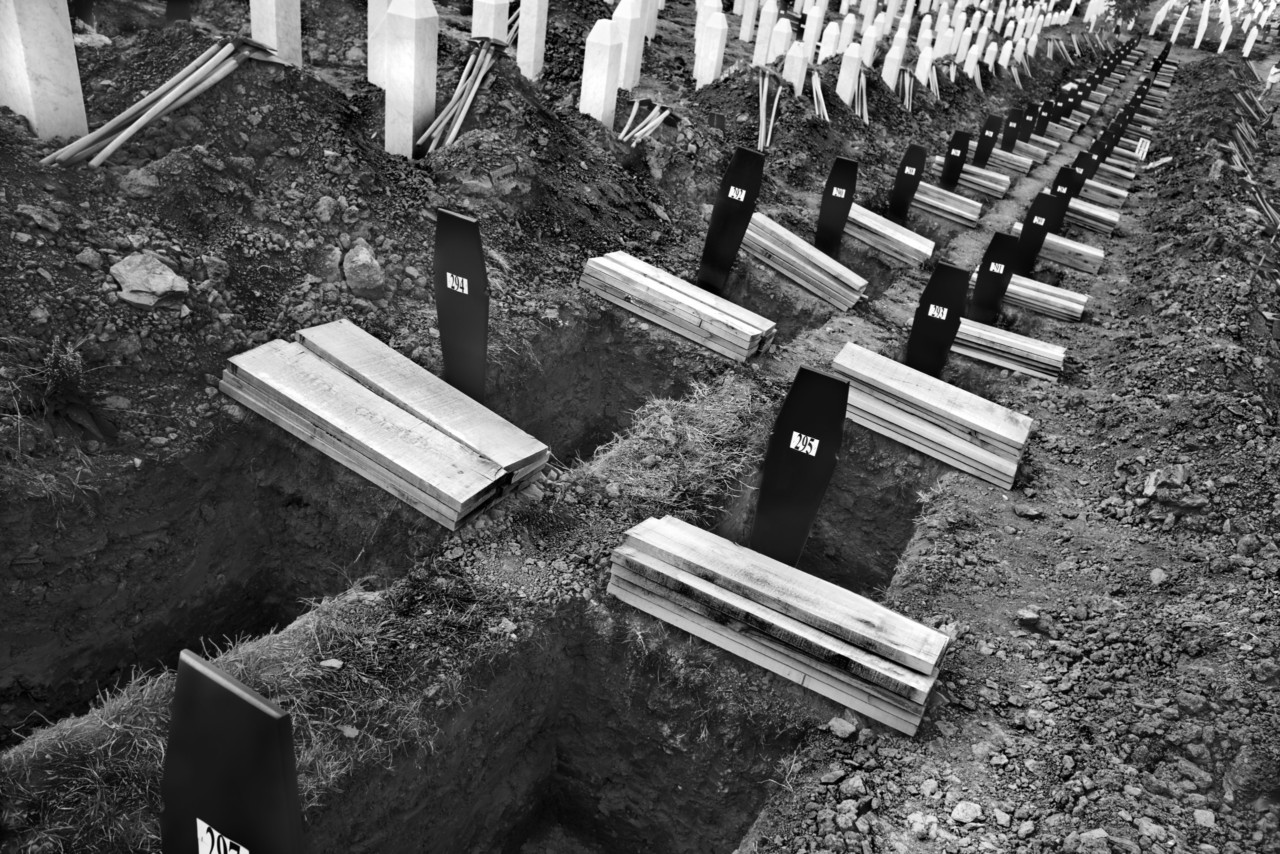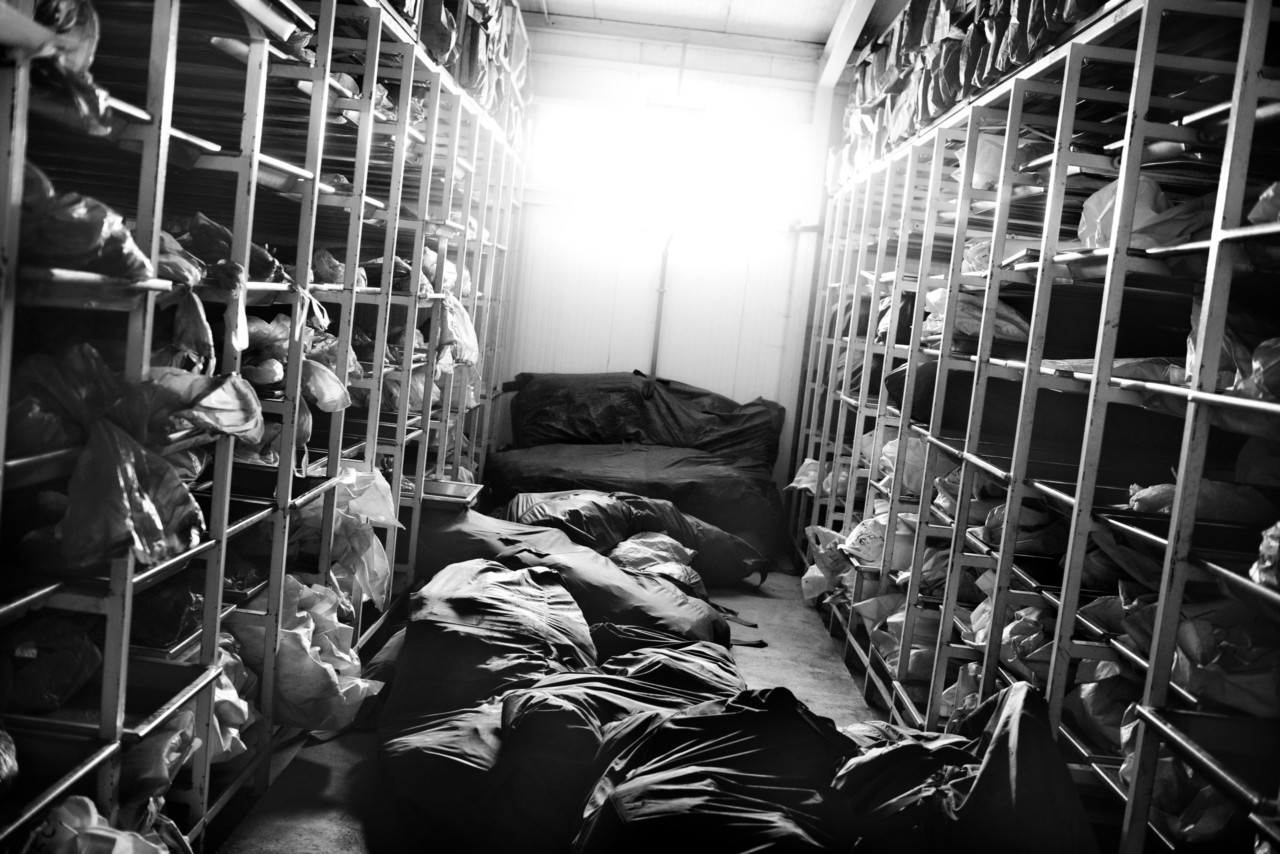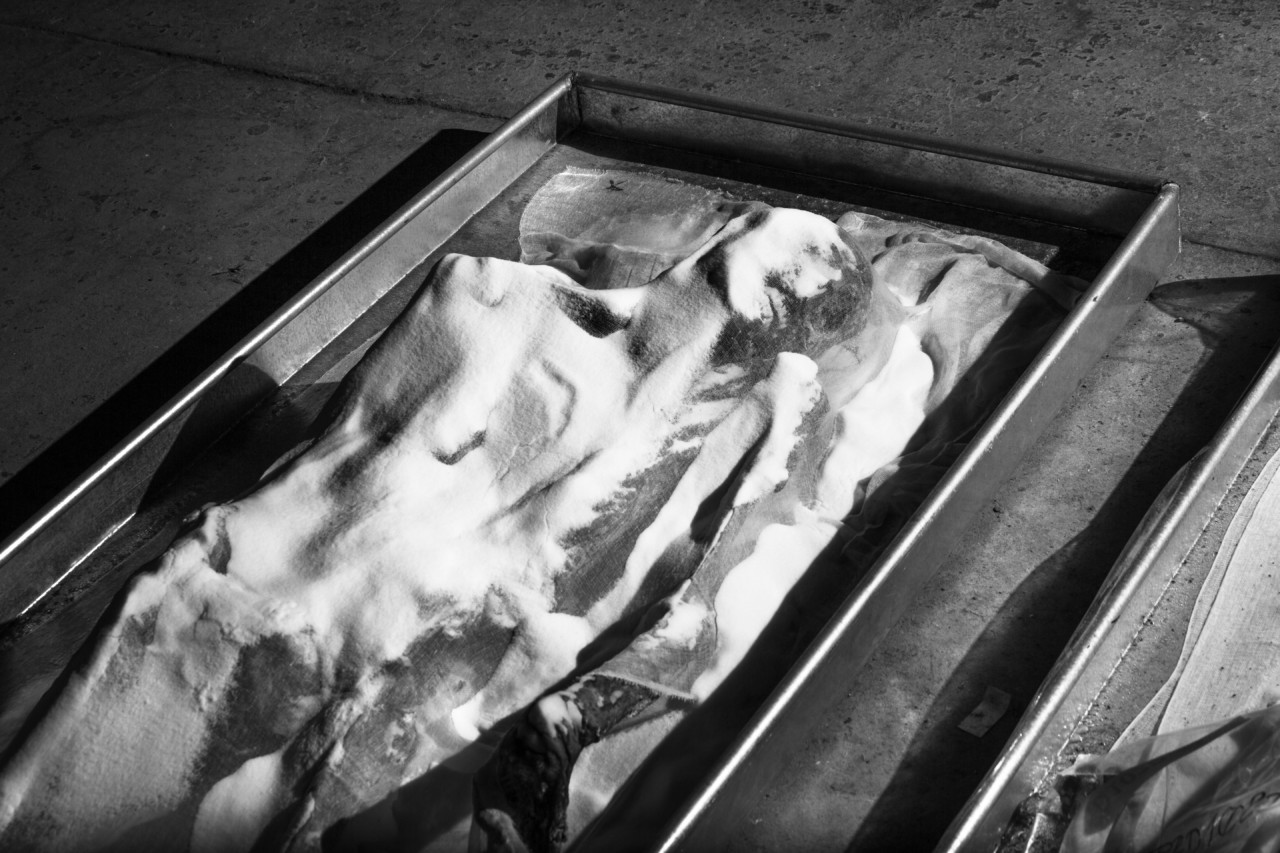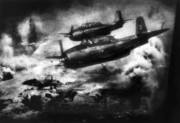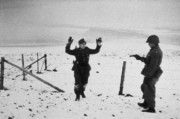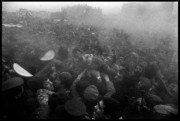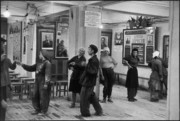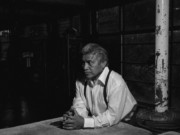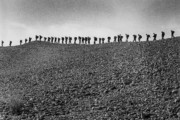War Lingers: Srebrenica 25 years on
On the 25th anniversary of the Srebrenica genocide, Sumeja Tulic reflects on Paolo Pellegrin's work on the subject
Here, on the occasion of the 25th anniversary of the genocide at Srebrenica, photographer and writer Sumeja Tulic considers Paolo Pellegrin‘s photographs of memorials, exhumations, and burials at the site, the nature of collective memory, and the ‘schizophrenia of denial’.
Looking at Paolo Pellegrin‘s photographs from the 2012 commemoration of the Srebrenica genocide, one is reminded that besides the corpses, the orphans, the rubble, the 1992-1995 war in Bosnia and Herzegovina left something else: itself. War lingers in what is now and what has yet to come, and that will continue to be the case until justice is served, the guilty are punished, the victims are provided with reparations, and the missing are identified and buried.
Until then, the war eclipses its aftermath. As a clandestine phenomenon, it often evades photographic representation. I say “often” and not “always” because of the photographs mentioned above. Pellegrin’s Srebrenica series documents the yearly burial of exhumed and identified victims of the Srebrenica genocide. The genocide refers to the mass killing of 8372 Bosnian Muslim boys and men by the Army of Republika Srpska and Serbia, and the forceful removal and deportation of 40,000 women, children, and elderly from then a United Nations “safe zone,” Srebrenica.
"War cannot be prevented, but it can be stopped from lingering as a profound and insufferable condition, an injustice relegated to historical inevitability"
-
In one of Pellegrin’s photographs, we see a woman sitting by a path that runs through the burial site. On her lap lies the head of a boy, at sleep. She isn’t looking at the camera or the boy. Her gaze isn’t in correspondence with what is before her, but what is behind her: a sea of white gravestones marking the graves of 6000 men. The other photograph is of an older man standing above the memorial wall inscribed with the names of these men. He is looking at the two columns listing more than 40 men from the Osmanovic family. Behind the man are hills covered with forest. On a second look, one sees the boy behind the man—a figure that blends with the forest. Had I not known that this forest is where some men ran to when the killing began, the boy would have been a photographic accident that promises nothing, and yet, comforts and hints at hope.
"Unlike others who seek to convey the urgency of horror with an equally dramatic visual representation, Pellegrin works with moments of silence..."
-
Pellegrin’s images encapsulate what photographs cannot materialize but imply—a loss that endures time and the duration and intensity of others’ empathy. Unlike others who seek to convey the urgency of horror with an equally dramatic visual representation, Pellegrin works with moments of silence that are further subdued by the black and white frame they are captured within. To do otherwise is to capitulate before a conception of time in which the present and the future are nothing but a consequence. Within that consequence, those who survived are confined to a spatiotemporal reality in which their lives are consequences too. The life of an “upshot” is a sporadic biological and sociological event that takes place before, during, and after the war.
"In the photographs, their lives are not consequences of what cannot be overcome, but reminders of what is to be done"
-
Pellegrin’s photographs do not disturb the ordinances of time. The war continues to be, but the subject is no longer a consequence. The he and she in Pellegrin’s photograph, a woman with her back to the gravestones and the man standing above the names of people buried under the gravestones, are subjects and not objects of the war. Pellegrin conjures their loss from a respectful distance. By doing so, he does not normalize loss to the point of vanquishing its moral and political potential. One sees the woman and the man, in a moment when their pain is fully pronounced, but doesn’t pity them. In the photographs, their lives are not consequences of what cannot be overcome, but reminders of what is to be done.
"...To dismantle the conditions of injustice and one’s sense of impotence towards it, one must look at and think of those who survived. At the very least, "There is nothing wrong with standing back and thinking," writes Susan Sontag"
-
War cannot be prevented, but it can be stopped from lingering as a profound and insufferable condition, an injustice relegated to historical inevitability. A quarter of a century after the genocide in Srebrenica, to dismantle the conditions of injustice and one’s sense of impotence towards it, one must look at and think of those who survived. At the very least, “There is nothing wrong with standing back and thinking,” writes Susan Sontag in The Pain of Others, adding, “To paraphrase several sages: ‘Nobody can think and hit someone at the same time.” To stand back and think is to know what the man and the woman from the Pellegrin’s photographs face every day. Denial.
"Denial persists as an intimate ontological fact and a political strategy"
-
Although the tribunal in The Hague and the Bosnian and regional courts have sentenced 40 people to close to 700 years in prison, including four life sentences, for Srebrenica-related crimes, including genocide and crimes against humanity, denial persists as an intimate ontological fact and a political strategy. The nomenclature of the event, classified as genocide by the International Court of Justice, is refused by Serbian political elites and avoided by western media and journalism who, for some reason, prefer “massacre” to “genocide.” One of the best responses to the schizophrenia of denial is a graffiti that a group of young people wrote in front of Serbia’s National Assembly. It read: “That difficult foreign word—genocide.” The graffiti referred to the fierce resistance among many parliamentary representatives to referring to the crime as genocide in a resolution on Srebrenica.
"That difficult, foreign word, genocide, looms scarier and more fantastic with each year that passes"
-
That difficult, foreign word, genocide, looms scarier and more fantastic with each year that passes. These days I say it in English, and it stops me. It prevents the automatism of acceptance with which one grows in Bosnia. I hear it in English, and I think to myself how unbelievable and lucky it is to be where I am, telling the story. The man who taught me the gratitude I feel is a man I met in Srebrenica a few days before the twentieth anniversary of the genocide.
Hasan Hasanovic, a curator at the Srebrenica Memorial, was 19 when the town of Srebrenica fell to Bosnian Serb forces. He endured a 100 km march through hostile terrain to escape the mass killing that, among others, ended his brother and father’s life. The patience and generosity with which Hasan guides the visitors to the memorial bewildered me. I didn’t dare to ask him the day we met. The answer came years later. “I want to speak to people and share my story because my heart speaks. And now, finally, someone is listening,” said Hasan. Hasan’s words did not only remind me of the privilege that I enjoy as a storyteller. It also helped me understand why I like Pellegrin’s photographs. While I’m looking at his photographs, I can hear hearts speak.


